- 54
- 54shares
- Like
- X
- Digg
- Del
- Tumblr
- VKontakte
- Buffer
- Love This
- Odnoklassniki
- Meneame
- Blogger
- Amazon
- Yahoo Mail
- Gmail
- AOL
- Newsvine
- HackerNews
- Evernote
- MySpace
- Mail.ru
- Viadeo
- Line
- Comments
- Yummly
- SMS
- Viber
- Telegram
- Subscribe
- Skype
- Facebook Messenger
- Kakao
- LiveJournal
- Yammer
- Edgar
- Fintel
- Mix
- Instapaper
- Copy Link
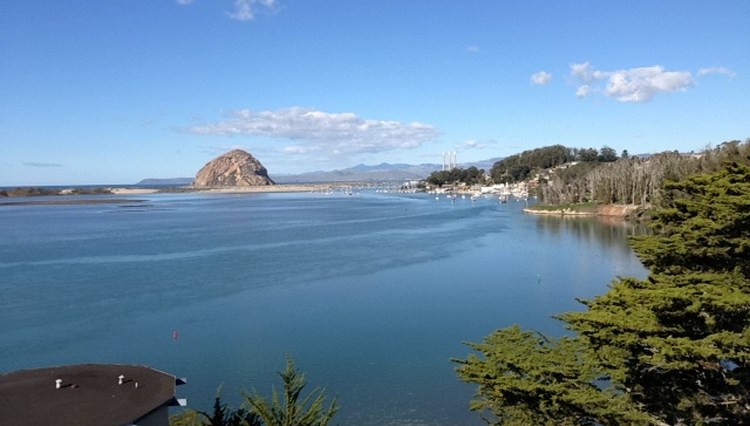
Looking out over the water to wind-sculpted dunes, Morro Bay State Park offers a fantastic retreat from the summertime heat. The park’s lagoon and natural bay habitat provide many opportunities for sailing, fishing, hiking, and bird watching, making a great day or weekend journey for the entire family.
Surrounded by eucalyptus and cypress trees, the 2,700-acre park also boasts one of the state park’s best campgrounds, with nearly 100 sites for tents and RV’s up to 30 feet long, for those that are interested in an extended stay.
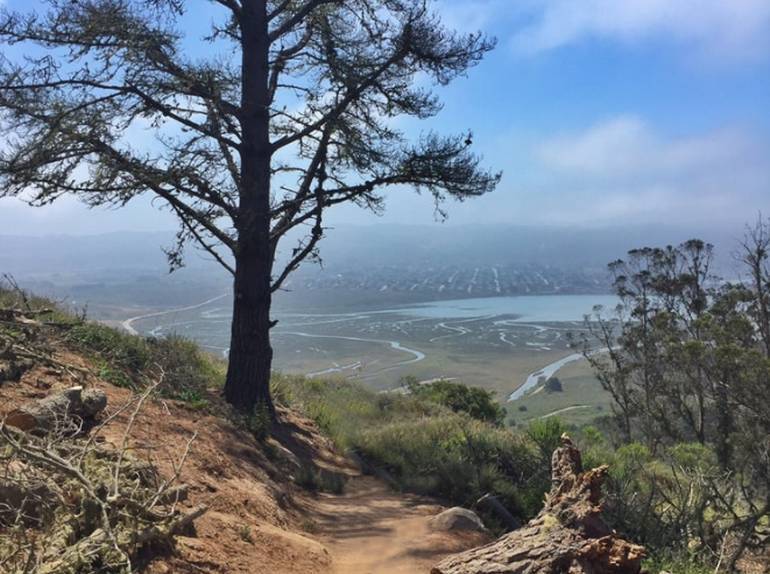
Besides an extensive trail system that meanders throughout the park and a nearby pristine saltwater marsh estuary that supports a thriving bird population, there is also a vibrant marina with boat and kayak rentals, a horse camping site, an 18-hole public golf course, a restaurant, and a museum.
Within minutes of the nearby Heron Rookery, the Museum of Natural History houses exhibits that illustrate Morro Bay’s geology and oceanography, as well as its cultural history and early Native American life.
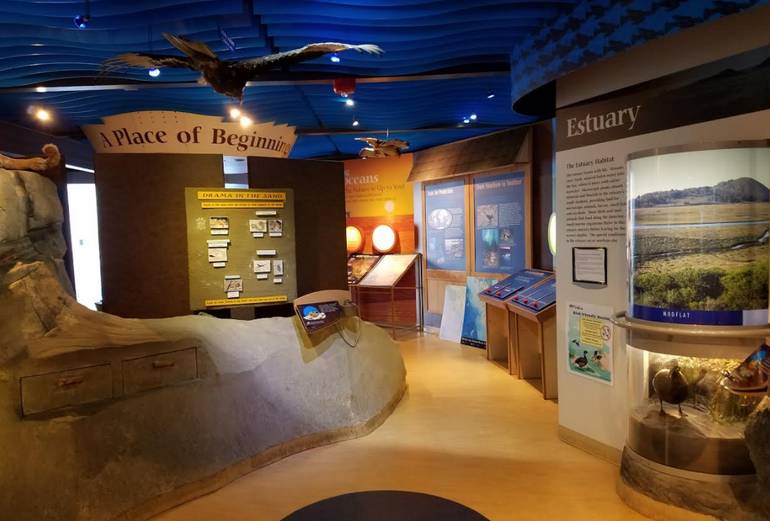
Museum of Natural History
The Museum of Natural History at Morro Bay State Park is open from 10 a.m. to 5 p.m. daily, and entry fees are only a few dollars for adults and are free to children 16 and under.
The museum invites guests to experience the past and present through lectures, puppet shows, videos, and docent-led tours. While just outside, visitors can stroll through the Chumash garden to see how the region’s indigenous Indian tribe used the area’s natural resources in their daily lives, including nearby Morro Rock.
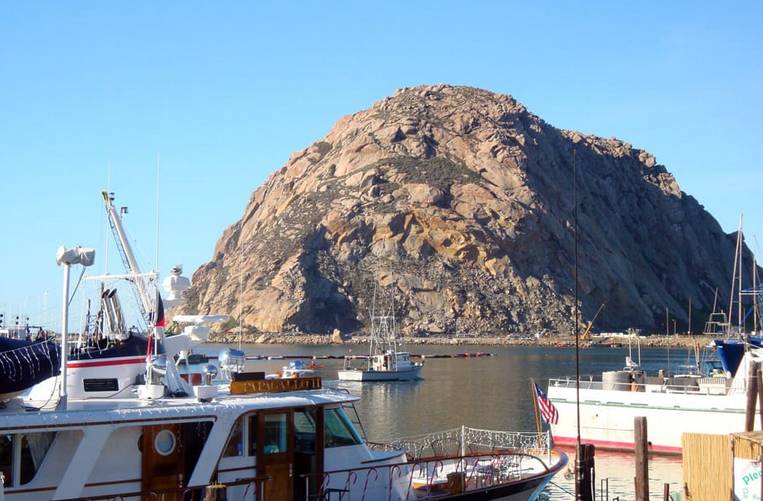
Morro Rock
Sometimes called the “Gibraltar of the Pacific,” the Chumash tribe considered Morro Rock to be a sacred site, which was used in their annual solstice ceremony in ancient times.
Today, the massive 50-acre volcanic plug is the last in a chain of extinct volcanoes formed about 23 million years ago, and in 1968 became State Landmark #801. Since then, the area around it has been designated a bird sanctuary for the flocks of Peregrine falcons, egrets, and blue herons.
Besides bird watching, the estuary is also famous for water sports. Perhaps the best way to see the wonders of Morro Bay is by kayak or canoe, getting an up-close and personal view of the bay’s seals, sea lions, and sea otters.
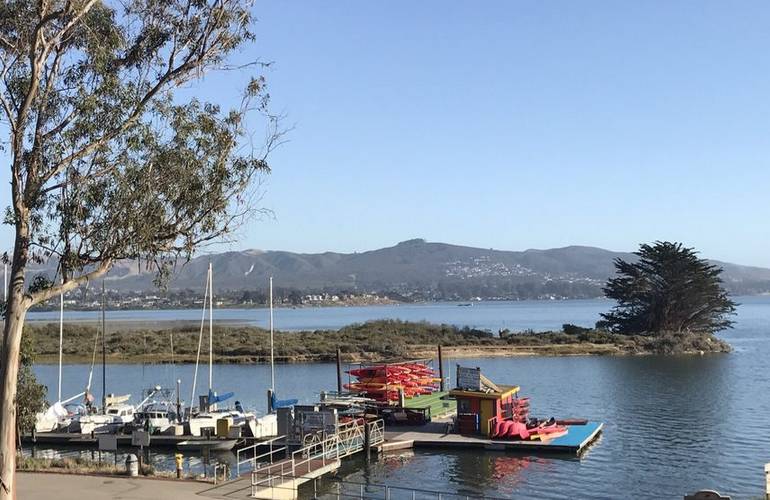
Morro Bay State Park Marina
The marina at Morro Bay State Park offers rental canoes and kayaks. A favorite local tradition is to paddle from Morro Bay State Park to the massive four-mile sand spit that protects the bay from the open ocean for a picnic.
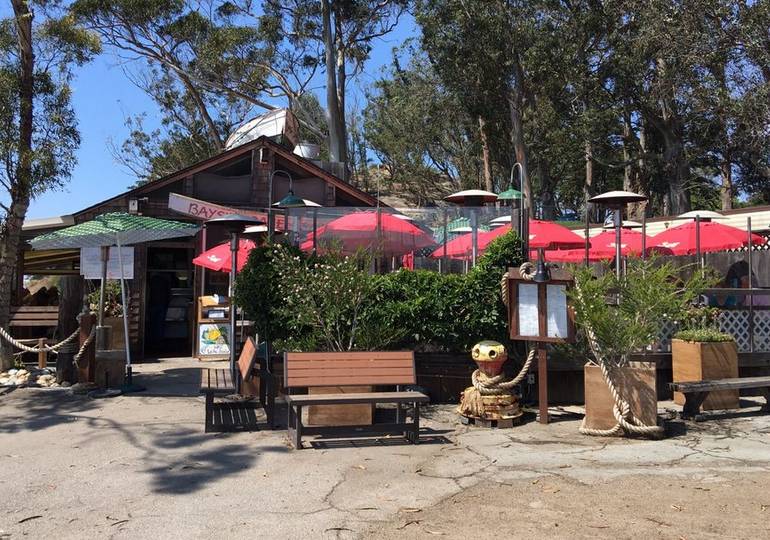
Also at the Marina is the Bayside Cafe, where you can enjoy fish and chips or crab cake sandwiches with a view of Morro Bay. Monday through Wednesday, the Bayside is only open for lunch. The rest of the week, they serve lunch and dinner.
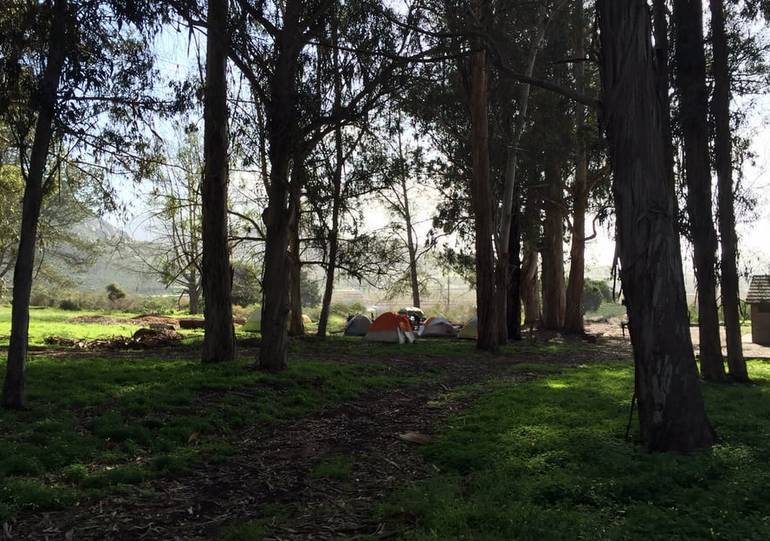
Camping at Morro Bay State Park
Morro Bay State Campground has 126 campsites, including two group sites that hold up to 35 campers. There is a day-use area, but most people stay for at least a few days. All the sites are in a shady forest area initially planted in the 1930s.
The best campsites are probably 1 through 10. They are the closest to the marina and boardwalk. Sites 118 through 134 are in the back of the campground and near the set to Black Hill trailhead.
Morro Bay State Park Map
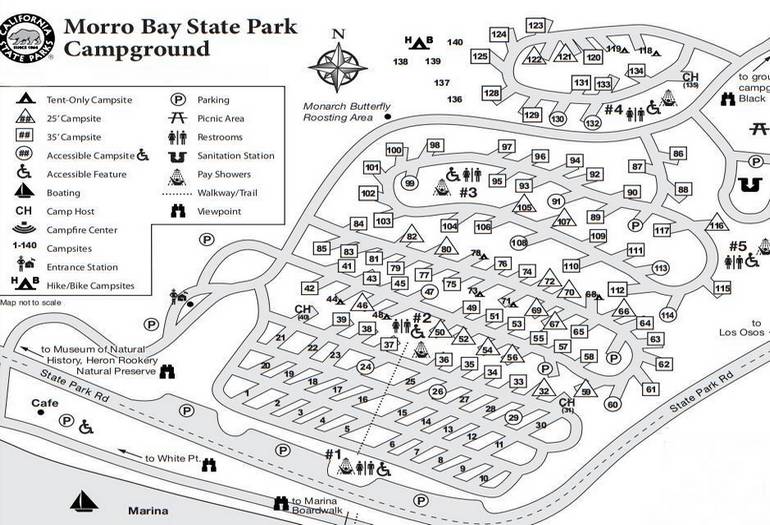
Fires are only allowed in the provided fire rings at the site, but you must bring in your wood or purchase from the camp host; no gathering of wood is permitted in the park. Dogs are welcome with the usual restrictions. Morro Bay State Park is one of the most affordable spots along the California coast.
So, suppose you’re thinking about an affordable, fun day trip or overnight camping adventure. What better way to enjoy the central California coast than playing and staying on the water at Morro Bay State Park?
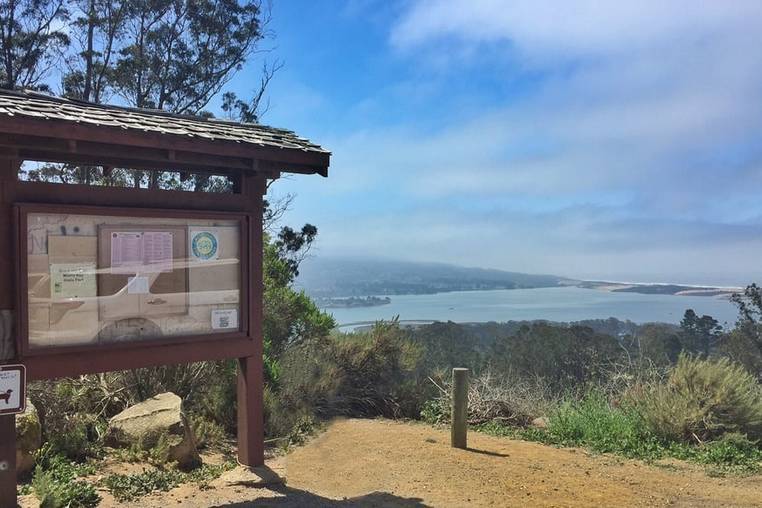
Located halfway between San Francisco and Los Angeles, the park is a premier summer destination and is open year-round.
Places to Camp Along California’s Central Coast
Los Osos California Central Coast
Marina Del Rey, Southern California
- 54
- 54shares
- Like
- X
- Digg
- Del
- Tumblr
- VKontakte
- Buffer
- Love This
- Odnoklassniki
- Meneame
- Blogger
- Amazon
- Yahoo Mail
- Gmail
- AOL
- Newsvine
- HackerNews
- Evernote
- MySpace
- Mail.ru
- Viadeo
- Line
- Comments
- Yummly
- SMS
- Viber
- Telegram
- Subscribe
- Skype
- Facebook Messenger
- Kakao
- LiveJournal
- Yammer
- Edgar
- Fintel
- Mix
- Instapaper
- Copy Link